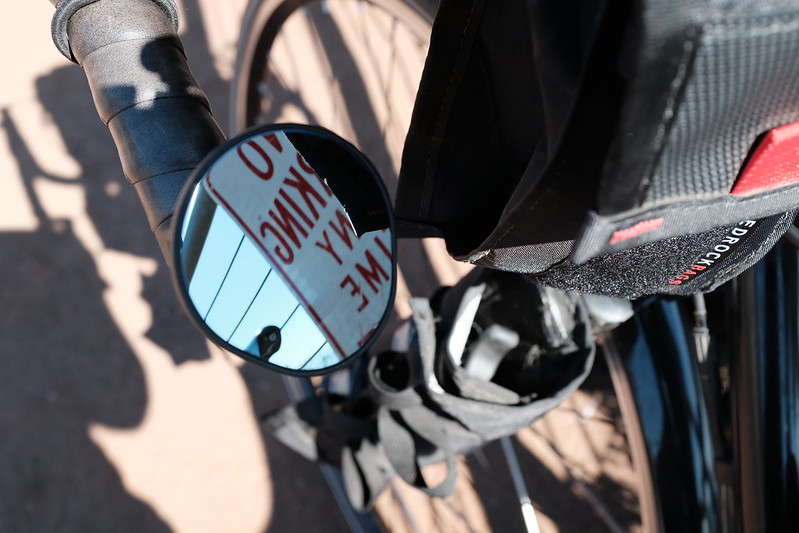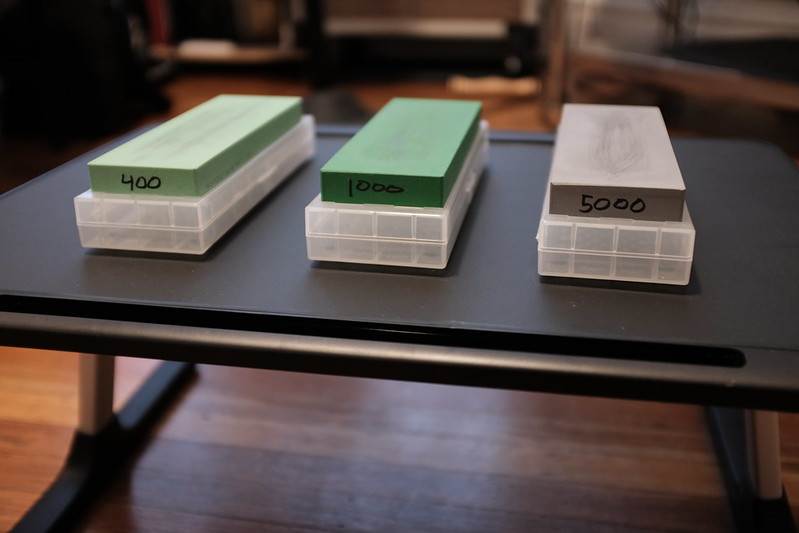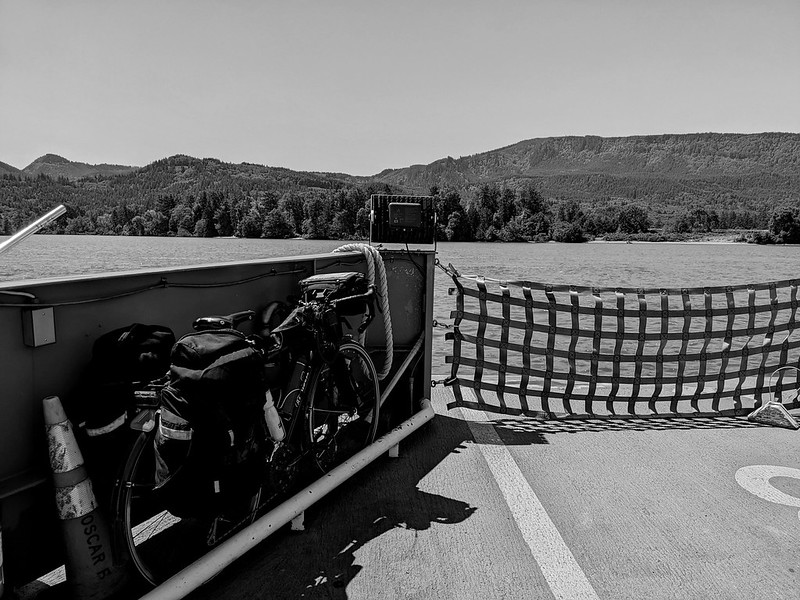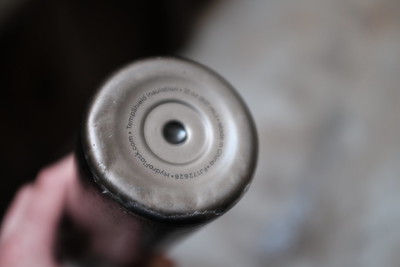I’ve been using the Hydro Flask Lightweight Trail Series bottles for about a year and a half. They are the first double-wall insulated stainless steel bottles I’ve found that are light enough for me to want to carry regularly.

I first purchased the 21 oz when I happened to come across it on sale. I liked it enough to purchase the 24 oz a month later when I had an REI coupon. A couple months after that I purchased the 32 oz at full price.
I primarily use the bottles to keep cold water cold. I also sometimes use the 24 oz bottle to keep hot tea hot. I’ve not timed how long they hold the desired temperature, but they do so for at least as long as it takes me to drink whatever is in them, thus resetting the clock. They do not insulate as well as my Zojirushi SM-SA48-BA, but the Hydro Flasks are better as daily, general purpose bottles.
When buying a bottle, one of the things I look for is standard threading and neck diameters. I strongly dislike being locked in to proprietary lids. Hydro Flask meets this criteria, allowing me to replace their stock lids – which are adequate – with better options. The 21 oz has a standard narrow mouth. Mine wears a Topoko Straw Lid B. The 24 oz and 32 oz have standard wide mouth openings. Mine both wear the humangear capCAP+.
If not using the humangear capCAP+ on the wide mouth bottles, a splash guard is wanted. The old Guyot Designs SplashGuard will not work, nor will the newer HydraPak WaterGate. I have found the BottlePro SplashPro to work well.
I have used the 21 oz and 24 oz bottles most. I first EDCed the 21 oz for about 8 months, before deciding that I really wanted those extra 3 oz of volume. The 24 oz has been my EDC for the past 8 months. Both carry well on the bike in a King Cage Iris Cage.
Without any lids, the three bottles register on my calibrated scale as:
- 7.80 oz, or 221.1 grams, for the 24 oz bottle
- 8.59 oz, or 243.4 grams, for the 24 oz bottle
- 10.80 oz, or 306.2 grams, for the 32 oz bottle
The bottles are not available in a raw finish. All three of mine are in the obsidian color, which is a nice chocolate brown. The paint does chip, particularly along the bottom, but this doesn’t bother me. One could probably avoid this by using one of those silicone boots, but these are not compatible with bike cages. I have dropped the bottles, and they do dent, but again, this does not bother me. If you’re looking for a pristine beauty queen, these bottles may not be your cup of tea. If you’re looking for functional, lightweight tools for a warming planet, these are great options.











